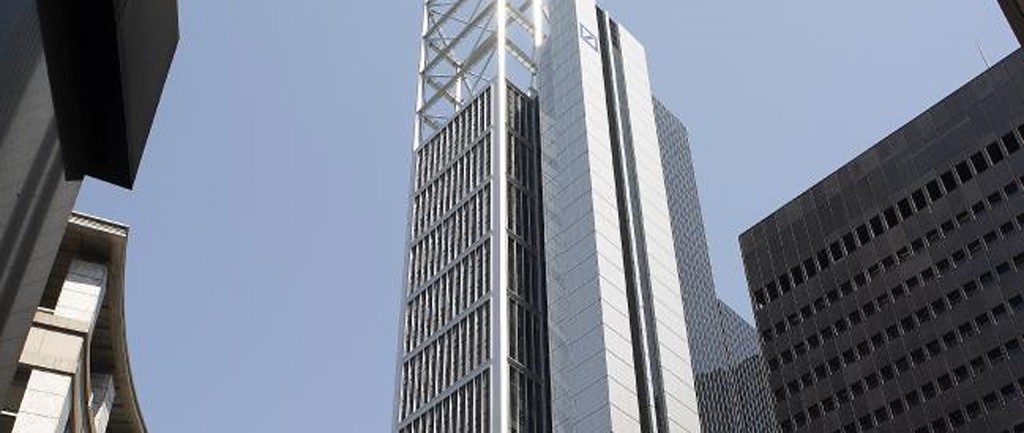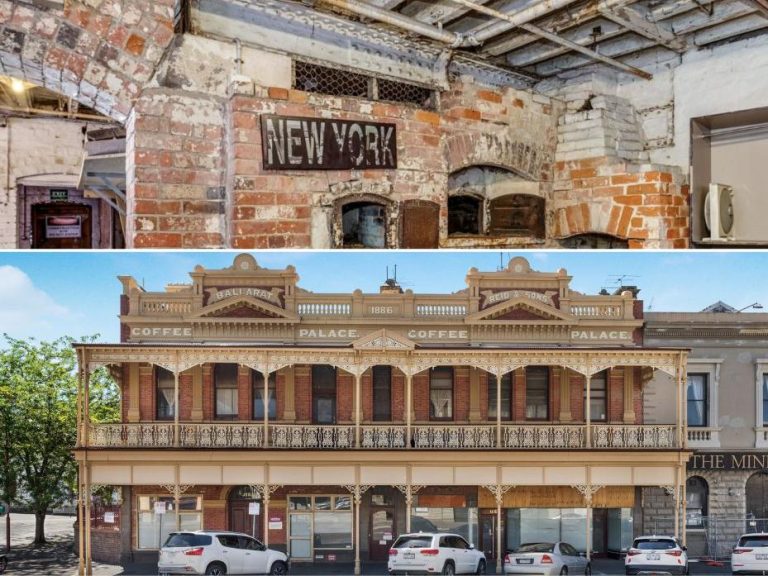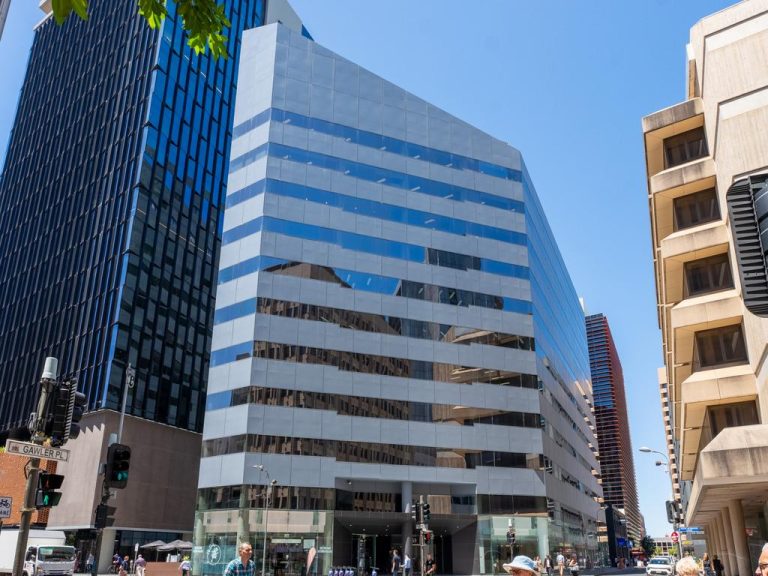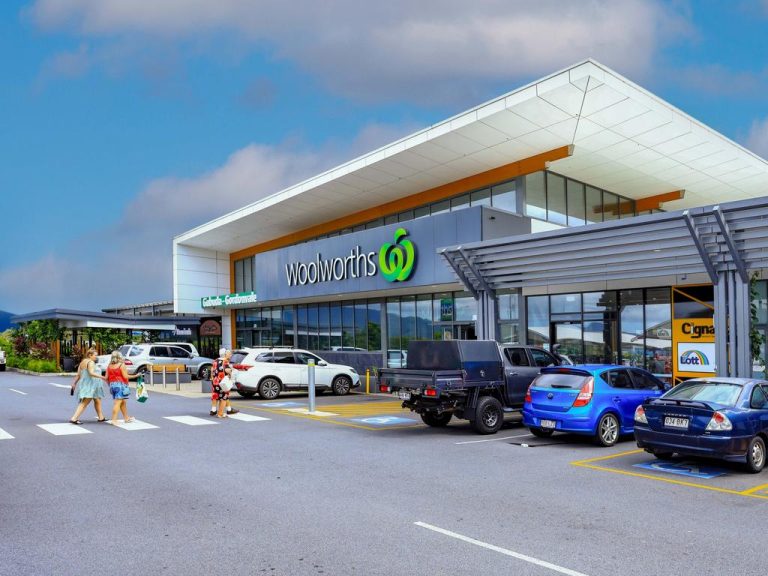Overseas investors push 2015 commercial sales to $28.4b

Unprecedented foreign buyer demand drove Australia’s commercial property sales to more than $28 billion last year.
Investors spent $28.4 billion on offices, retail and industrial properties valued at more than $5 million in the past 12 months, just shy of the record $29.6 billion that changed hands in 2014.
According to data released by CBRE, offshore investors were a greater force in the Australian commercial property market than ever before, due to Australia’s attractive market conditions and potential returns.
Foreign buyers trumped domestic investors in office purchases for the first time, accounting for 54% of office purchases as investment in the sector jumped $3 billion compared to 2014.
At the beginning of 2014 the expectation was that foreign investment activity might ease, however it’s only grown stronger
And they figured in 41% of all commercial property sales, pouring $11.7 billion into the Australian market.
Among the deals transacted in 2015 were Singaporean Ascendas group’s purchase of the $1.073 billion GIC and Frasers Property industrial portfolio, as well as the China Investment Corporation gobbling up a $2.5 billion office portfolio.

The sale of the GIC and Frasers portfolio was one of the largest of the year.
CBRE executive managing director of capital markets Mark Granter says he expects more of the same from abroad in 2016.
“At the beginning of 2014 the expectation was that foreign investment activity might ease, however it’s only grown stronger, with the available returns in Australia still more attractive than in the other gateway cities offshore,” Granter says.
Rising volumes of offshore investment reflect the relative attractiveness of Australia’s commercial property yields
“The underlying property fundamentals in Sydney and Melbourne are helping to drive activity as occupier demand improves and vacancies decline, with these markets also benefitting from the fact that not too much new supply is being delivered.”
CBRE head of research, Australia, Stephen McNabb says Australia’s lower interest rates in comparison to major overseas markets made it an increasingly attractive proposition.
“Rising volumes of offshore investment reflect the relative attractiveness of Australia’s commercial property yields in a period when interest rates have been close to 2% points above major developed markets globally,” McNabb says.
“The level of activity is also consistent with the trend towards globalisation and diversification. As a result of this, Australian investors are also beginning to export more capital offshore and we may see more of this in 2016, particularly as interest rates rise in overseas markets.”
Neighbourhood centres lead way in retail
While office and industrial properties experienced an overall drop in sales, the retail sector soared to new heights off the back of booming sub-regional and neighbourhood shopping centre markets.
About $9 billion worth of retail property was sold in 2015 – a massive 24% jump over the previous 12 months.
Going local: Neighbourhood shops in billion-dollar surge

Investor interest reached new heights at sub-regional shopping centres
“With trading activity in regional centres declining, the uplift was driven by activity in sub-regional and neighbourhood centres,” McNabb says.
“Sales in these sectors totaled $2.8 billion and $2.5 billion respectively and in both cases this was up by close to $1 billion on prior year levels.
Investor confidence has been buoyed by the improved retail sales backdrop
The interest in local shops also translated into a significant drop in yields, McNabb says.
“Higher transaction volumes for neighbourhood and sub-regional sectors coincided with a circa 40 basis point yield compression through 2015 in these sectors, which suggests investor confidence has been buoyed by the improved retail sales backdrop, stronger tenant demand and the increased opportunity for re-development and expansion.”
Timing key for industrial deals
Industrial sales dipped 15% to $4.5 billion for the year, but CBRE senior manager of industrial and logistics Matt Haddon says all is not as it seems.
The timing of a string of pending sales means that they will become a part of this year’s figures, Haddon says.
“2015 was probably even more active than 2014, however a number of very large deals failed to exchange just before Christmas and will now fall into the first quarter of 2016.”
“We estimate that there could be $2 billion-plus of unrecorded deals agreed in 2015 that sit within this category.”







